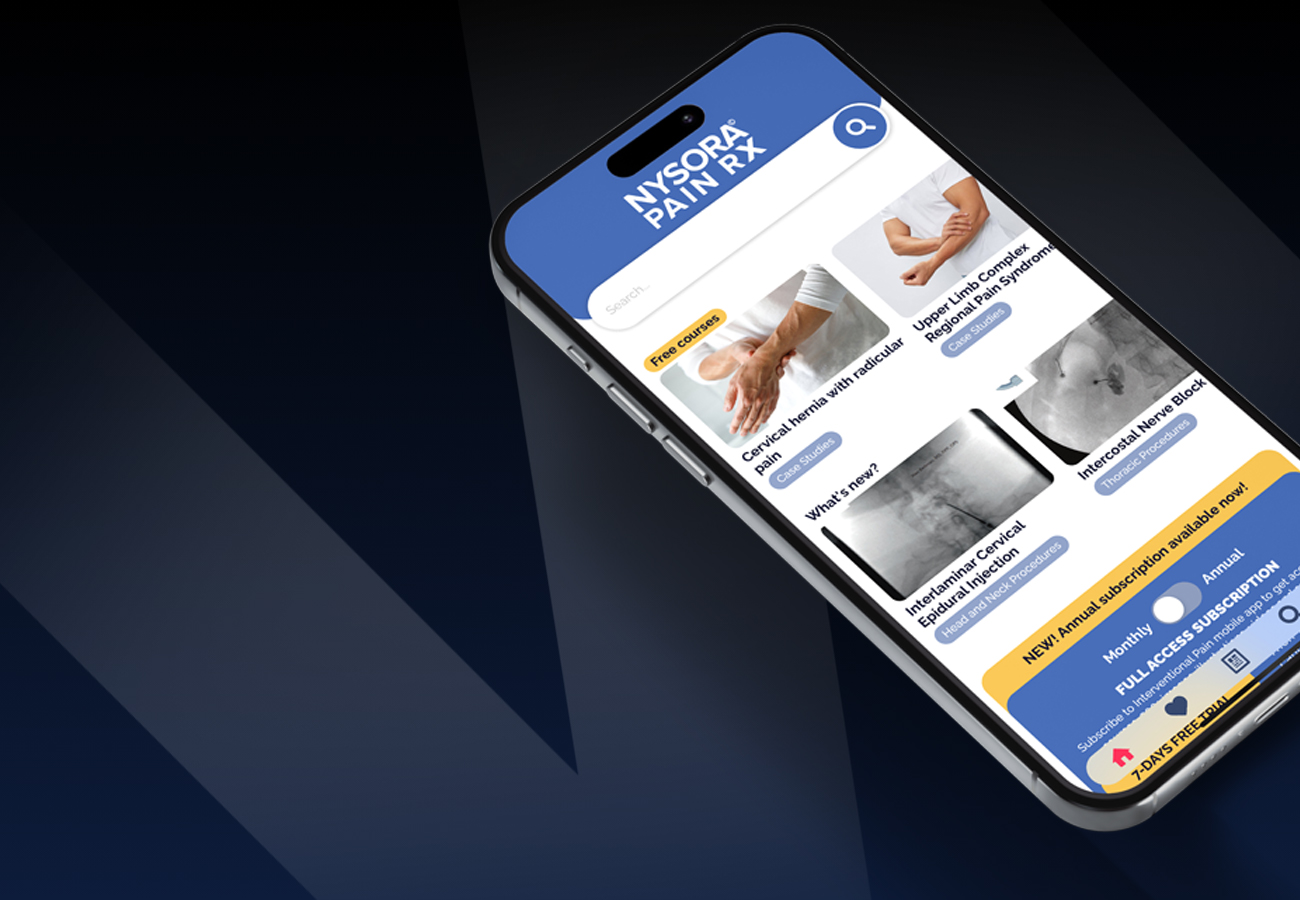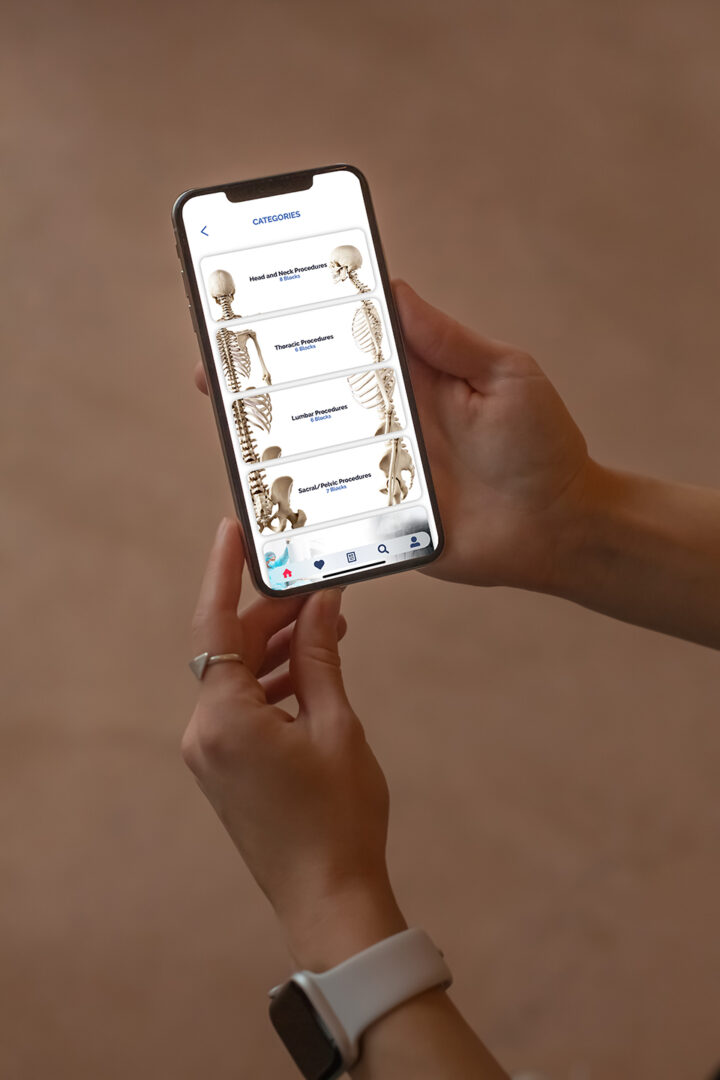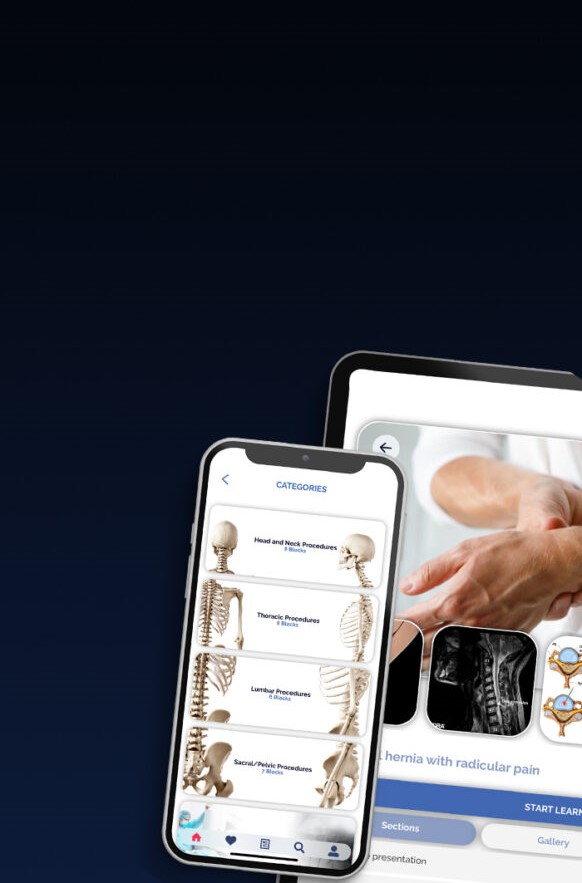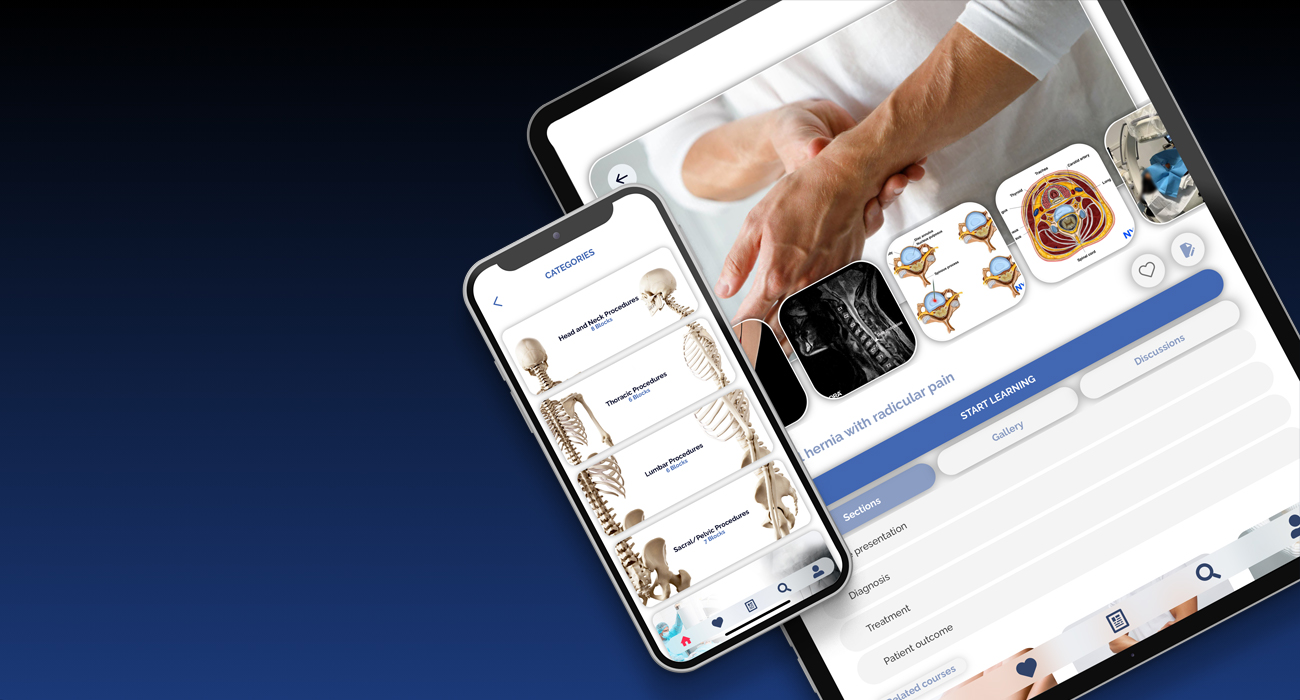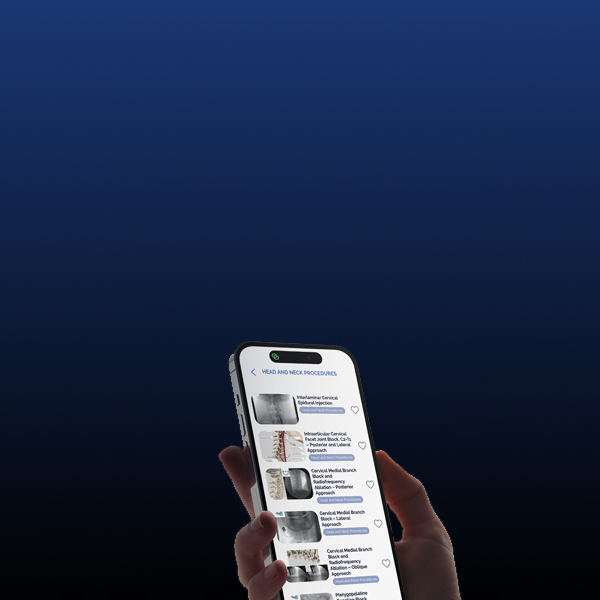Case study: Upper limb complex regional pain syndrome (CRPS)
A 59-year-old man, who has a history of celiac disease, presented with chronic left-hand pain after a wrist fracture from a traffic accident one year ago. The initial treatment for the fracture involved closed reduction, followed by surgical fixation. Unfortunately, the first surgical procedure led to a wound infection, which required further intervention through surgical debridement. Despite undergoing a second surgery, the patient has been suffering from persistent neuropathic pain in the left hand. This pain has progressively worsened over time, occasionally extending into the forearm and arm, and has been accompanied by intermittent episodes of discoloration and swelling in the affected areas. For pain management, the patient has been following a regimen of graded motor imagery and taking pregabalin (75 mg PO every 12 hours). The nature of the pain is persistent with intense episodes, scoring a baseline of 5 on the Numeric Rating Scale (NRS) and peaking at 8. Additionally, the patient has developed post-traumatic stress disorder (PTSD) following the traumatic experience and its subsequent complications. Physical examination Allodynia with mild trophic changes and erythema over the left hand and wrist. No dystonia was noted. Blood investigation Blood tests did not show leukocytosis or raised immune markers. Diagnosis The patient was diagnosed with complex regional pain syndrome (CRPS) of the left upper limb. CRPS is characterized by excessive, prolonged pain and inflammation following an injury to an arm or leg. Symptoms of CRPS include spontaneous pain, hyperalgesia, allodynia, changes in skin color, temperature, swelling in the affected limb, and alterations in skin texture. Read more about the treatment, patient outcome, and other case studies in the Pain Rx App. Click HERE and get the ultimate app for fluoroscopy-guided pain treatments

